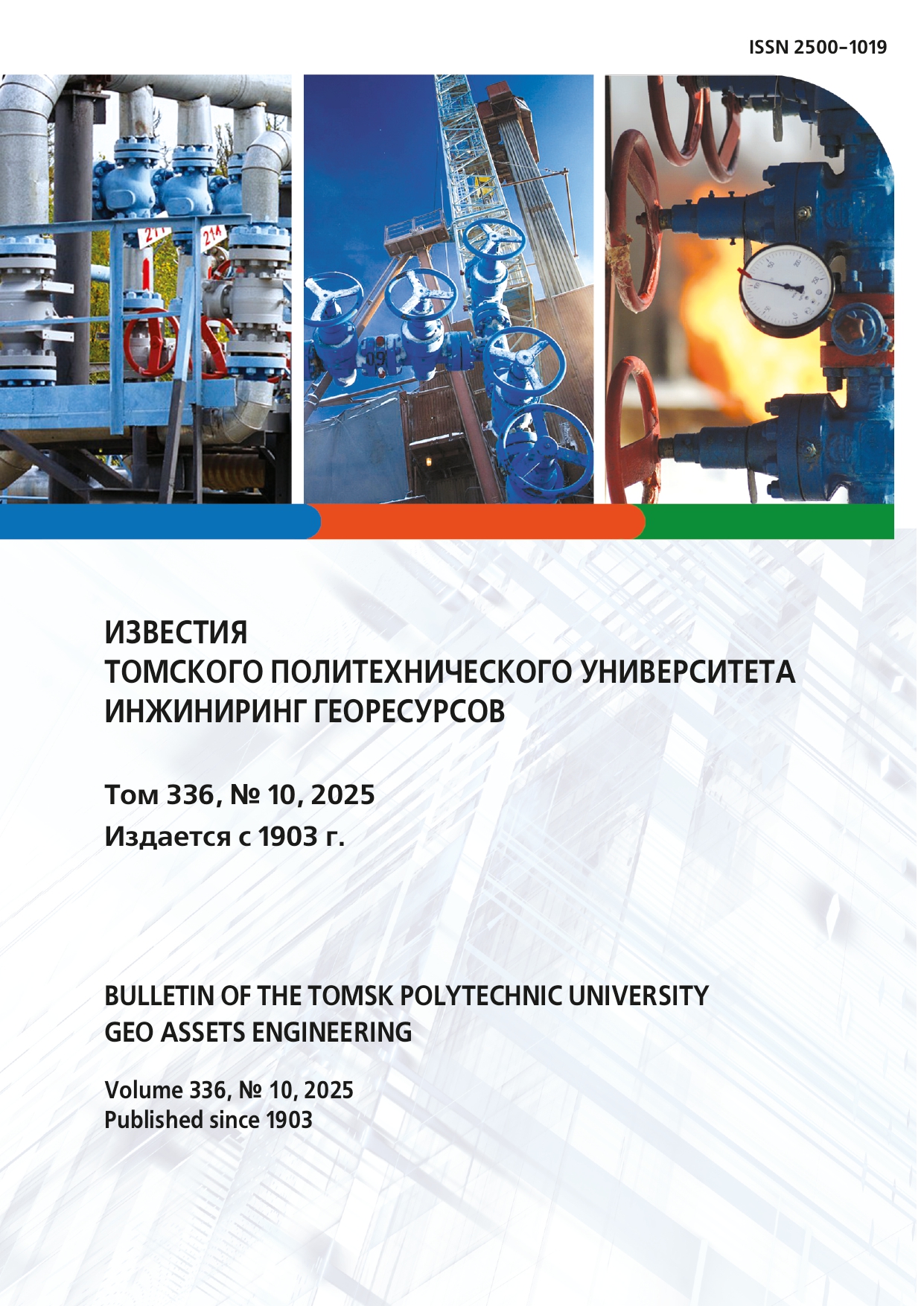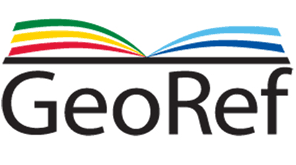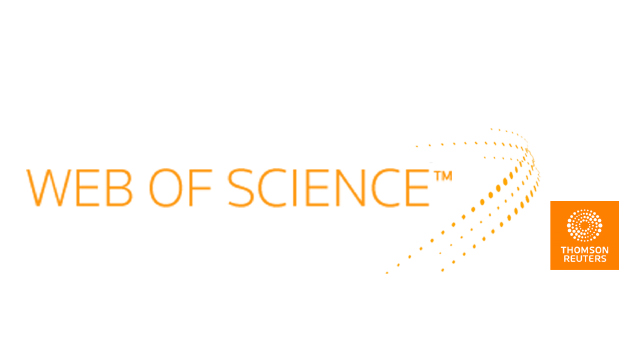Том 334 № 5 (2023)
DOI https://doi.org/10.18799/24131830/2023/5/3909
ОБЗОР МИРОВОГО РЫНКА ВОЛЬФРАМА. ЧАСТЬ 2. ТОВАРНЫЕ ПОТОКИ СЫРЬЕВЫХ ВОЛЬФРАМОВЫХ ПРОДУКТОВ
Ссылка для цитирования: Боярко Г.Ю. Обзор мирового рынка вольфрама. Часть 2. Товарные потоки сырьевых вольфрамовых продуктов // Известия Томского политехнического университета. Инжиниринг георесурсов. – 2023. – Т. 334. – № 5. – С.37-53.
Актуальность работы обусловлена необходимостью изучения проблем весьма изменчивого мирового рынка сырьевых вольфрамовых продуктов. Цель: изучение динамики мировых товарных потоков (производства, импорта, экспорта, потребления) сырьевых вольфрамовых продуктов (вольфрамовых руд и концентратов, паравольфрамата аммония, вольфрамовых отходов и скрапа); оценка критичности мирового рынка сырьевых вольфрамовых продуктов. Методы: статистический, графический, логический. Результаты. Мировой рынок сырьевых вольфрамовых продуктов очень сложный. Мировая добыча первичного вольфрамового сырья выросла с 4–7 тыс. т 100 % W/год в 1913–1915 гг. до 75–90 тыс. т 100 % W/год в 2011–2020 гг. с темпом прироста +2,9 %/год. Утилизация вторичного вольфрамового сырья в целом по миру выросла с 2–3 тыс. т 100 % W/год в 1970-е гг. до 14–23 тыс. т 100 % W/год в 2008–2020 гг. с темпом прироста +4,3 %/год. Доля мировой утилизации вольфрамовых отходов от суммы первичного и вторичного вольфрамового сырья увеличилась с 5–6 % в 1970-е гг. до 21 % в 2019 г. В 1970–1980-е гг. был период обычного состояния медленно растущего мирового потребления сырьевых вольфрамовых продуктов с темпами прироста спроса на вольфрамовое сырье +3,4 %/год; в 1990-е гг. – значительное сокращение спроса на вольфрамовые продукты (–6,9 %/год) в военной сфере (завершение холодной войны) и смена приоритетов товаров в торговле вольфрамовым сырьем (увеличение роли торговли паравольфрамата аммония), сокращение роли России на вольфрамовом рынке (последствия стагнации российской экономики, в первую очередь, металлообработки); в 2000–2010-е гг. – бурный рост мирового спроса конечных вольфрамовых товарных продуктов и, соответственно, мирового спроса и предложения вольфрамового сырья с приростом спроса +6,4 %/год. При этом имеется тренд сокращения долей мировой торговли вольфрамовым сырьем от суммы добытого первичного и утилизированного вторичного сырья по объемам и стоимости, соответственно, с 39 и 47 % в 1970 г. до 21 и 27 % в 2020 г. Доля сырья в мировой торговле вольфрамовых продуктов сократилась с 70–80 % по объемам и 60–70 % по стоимости в 1970–1980-е гг., соответственно, до 42–55 и 15–20 % в 2010-е гг. Китай доминирует в мировом производстве, переработке и потреблении сырьевых вольфрамовых продуктов, поэтому его торговая политика по сдерживанию (квотированию) экспорта этих товаров и определяет динамику мирового рынка вольфрамового сырья. В международной торговле Китай изменил стратегию экспорта сырья на его импорт, став при этом лидером импортирования вольфрамовых концентратов. Другие промышленно развитые страны – потребители вольфрамового сырья – США, Германия, Британия, Франция, Япония и Южная Корея – стали критически зависимыми от импорта вольфрамовых сырьевых продуктов (доля импорта свыше 50 % от потребления) и будут продолжать оставаться таковыми в обозримом будущем.
Ключевые слова:
Вольфрамовые руды и концентраты, паравольфрамат аммония, вольфрамовые отходы, производство, экспорт, импорт, потребление, ценообразование, стоимость





